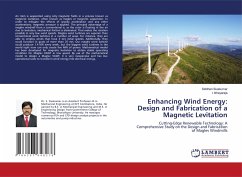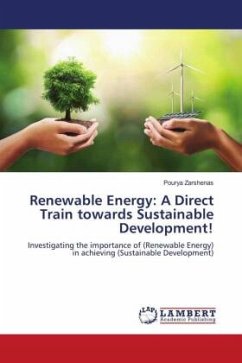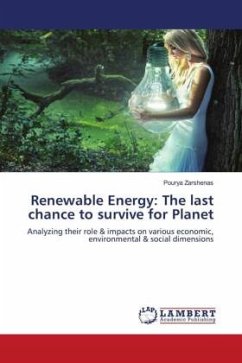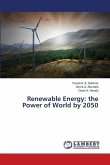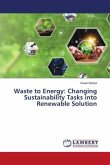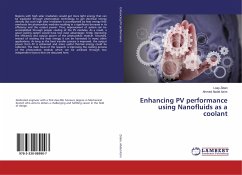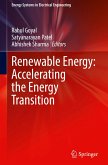An item is suspended using only magnetic fields in a process known as magnetic levitation, often known as maglev or magnetic suspension. In order to mitigate the effects of gravity acceleration and any other accelerations, magnetic pressure is applied. The principal advantage of a maglev windmill from a conventional is, as the rotor is floating in the air due to levitation, mechanical friction is eliminated. That makes the rotation possible in very low wind speeds. Maglev wind turbines are superior than conventional wind turbines in a number of ways. For instance, they are able to employ winds that have 3 m/s initial speeds. Additionally, they could function in gusts of more than 25 m/s. Our maglev wind turbine could produce 1.4 KW every week, but the biggest wind turbines in the world right now can only create five MW of power. Mathematical model has been developed for magnetic levitation to obtain stable operating condition for Maglev VAWT in low speed. By use of the mathematical model to design a Maglev VAWT, it is very inexpensive and has low operational costs to transform wind energy into electrical energy.
Bitte wählen Sie Ihr Anliegen aus.
Rechnungen
Retourenschein anfordern
Bestellstatus
Storno

